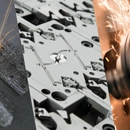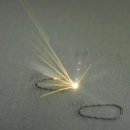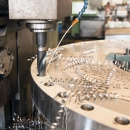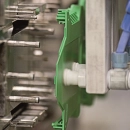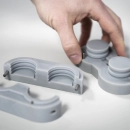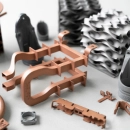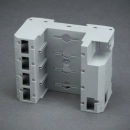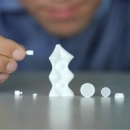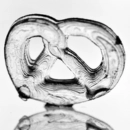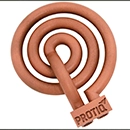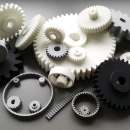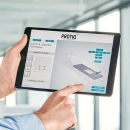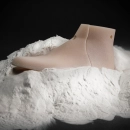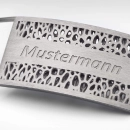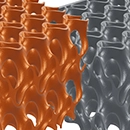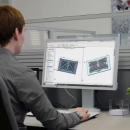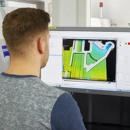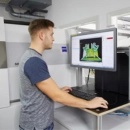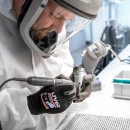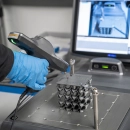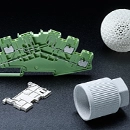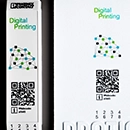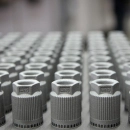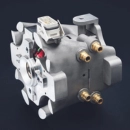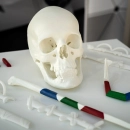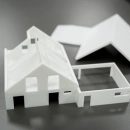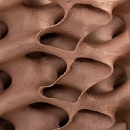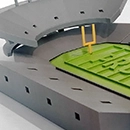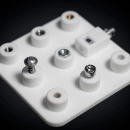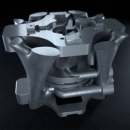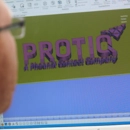Geometry optimization
Geometry optimization is an essential step in the design process, especially when developing objects for 3D printing. This process involves adjusting and improving the geometric properties of a design to maximize printability while maintaining the functionality and aesthetics of the finished product. The aim is to design the structure in such a way that it both meets the requirements of additive manufacturing technologies and makes optimum use of the mechanical properties.
Optimizing the geometry often starts with analyzing the original design to identify potential challenges that could arise during printing. These include aspects such as overhangs, fine details and minimum wall thicknesses that may be difficult to print or may affect the quality of the final product. By using CAD software and simulation tools, designers and engineers can adjust these elements to create an optimized model that is more suitable for 3D printing.
An essential part of geometry optimization is taking into account the specific material and printing process properties. Different materials and printing technologies have their own requirements that can influence the design. For example, it may be necessary to integrate support structures or create cavities within the object in order to save material and shorten the printing time.
Geometry optimization can not only improve printability and efficient material usage, but also optimize the mechanical properties of the object, such as strength and weight. This process is crucial for developing products that are both technically challenging and cost-efficient, and allows designers to take advantage of the full bandwidth of possibilities offered by 3D printing.



 Deutsch
Deutsch English
English Italiano
Italiano